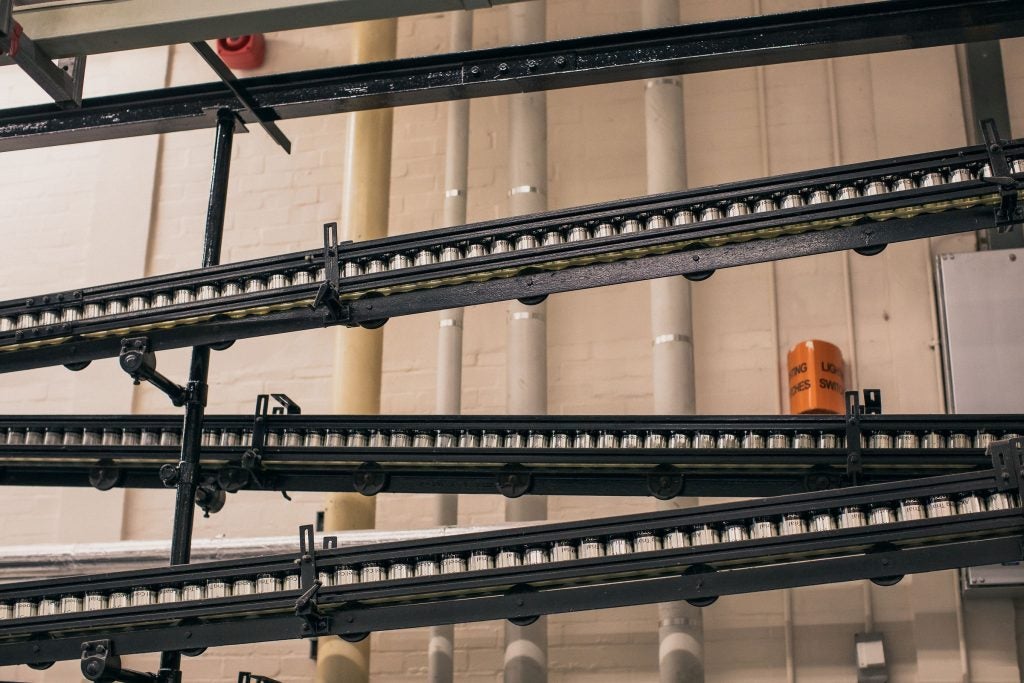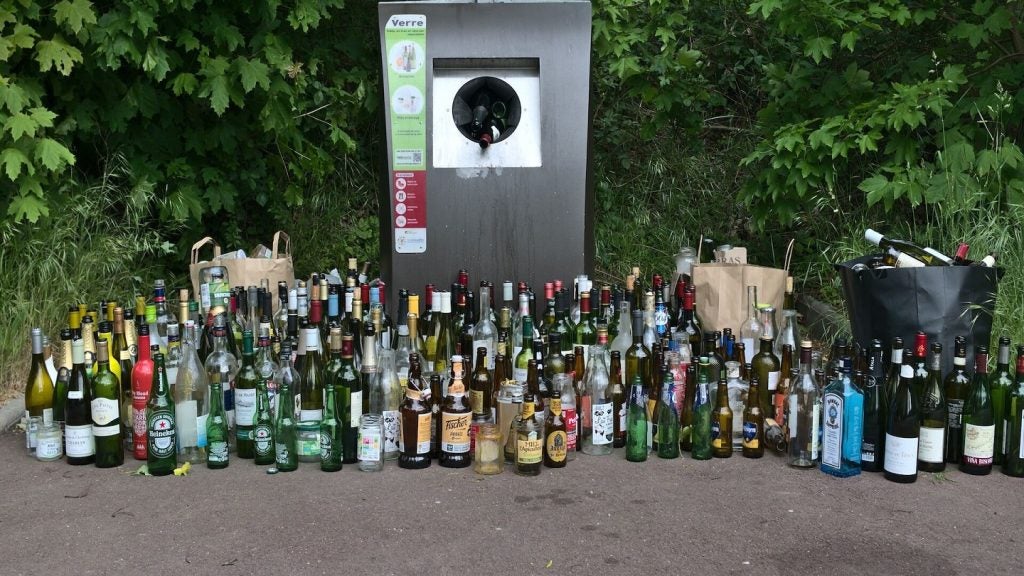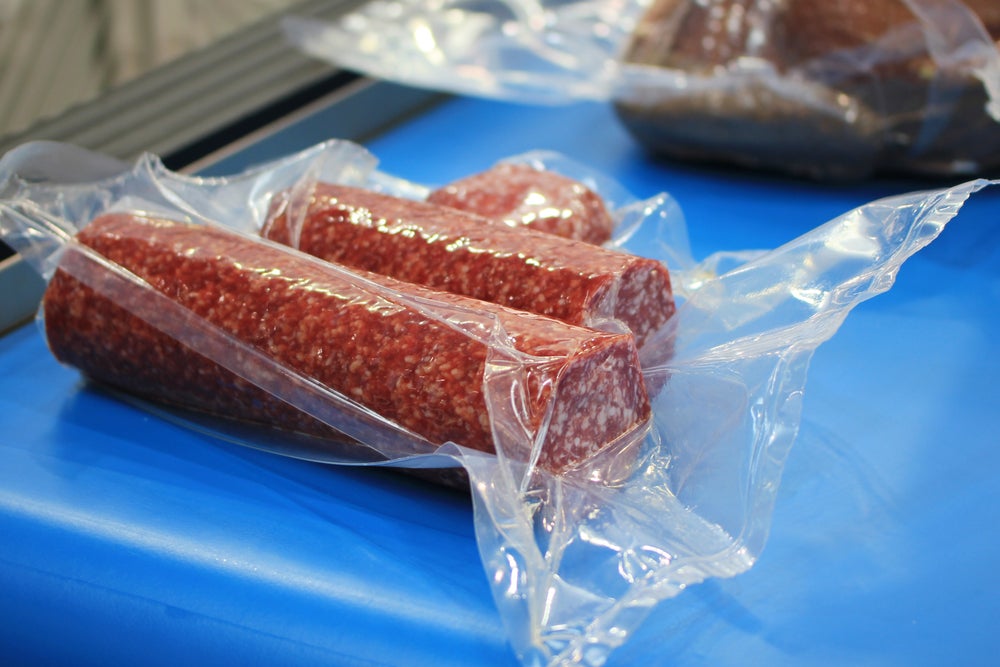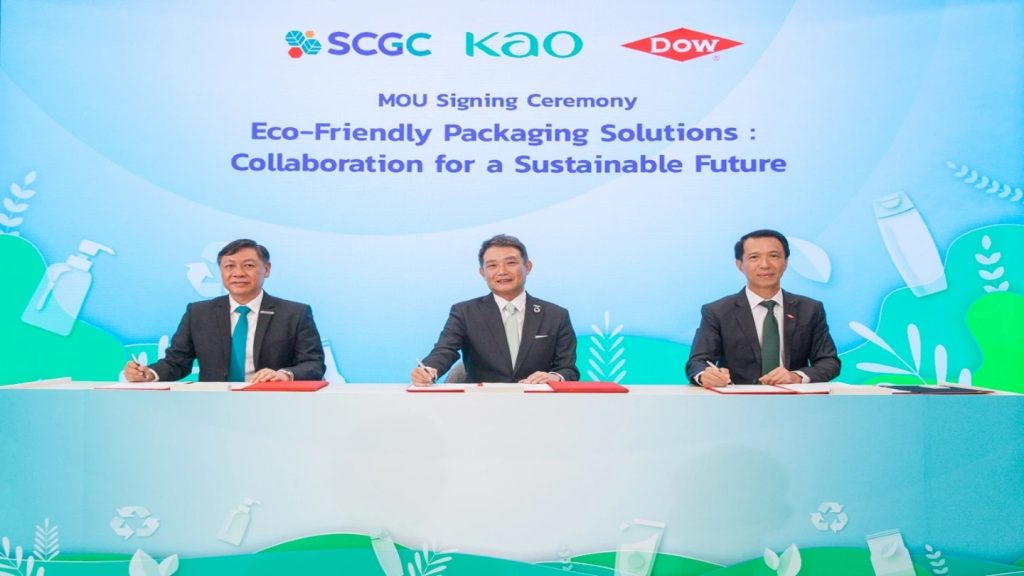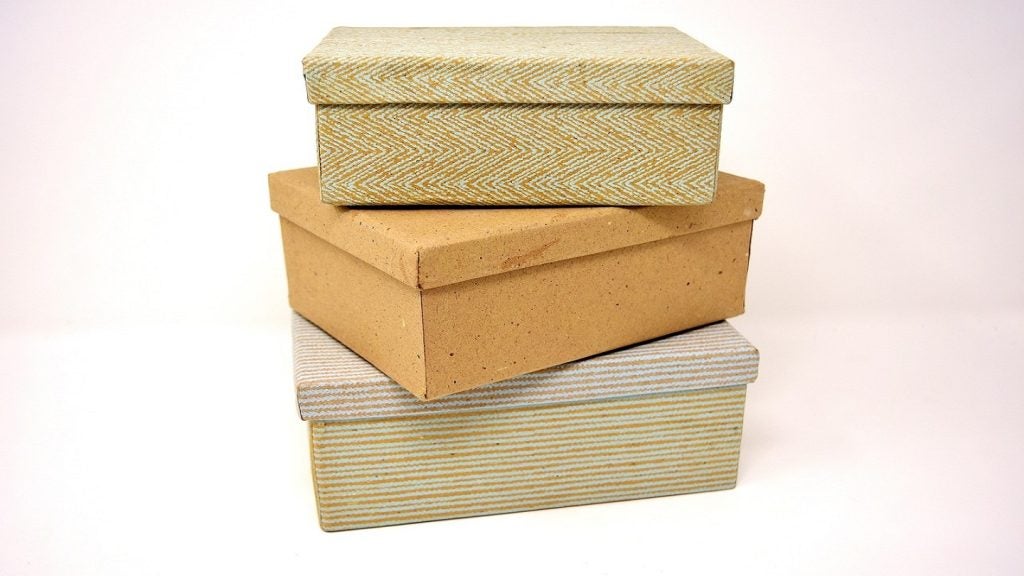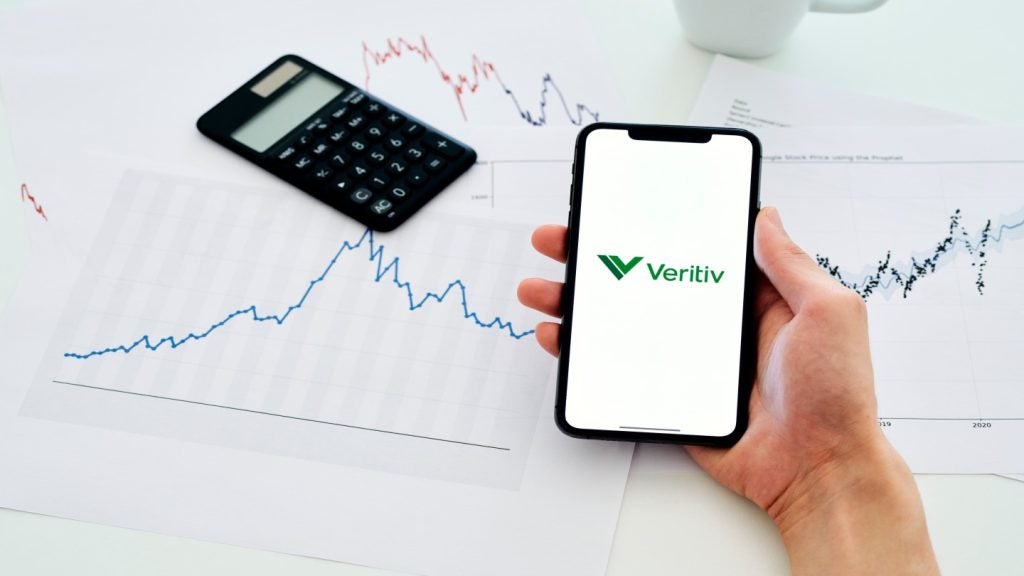Within a laboratory surrounded by cutting-edge microscopy and chemistry equipment, Eviosys research and development (R&D) director David Hall commented: “As a consumer, there’s nothing worse than trying to open a metal can and the tab comes off.”
This consumer-focused perspective summarises the drive behind the creation and subsequent product launches of Eviosys, a sustainable packaging manufacturer established in 2021 following the acquisition of Crown Holdings' EMEA food and consumer packaging business by KPS Capital Partners.
As an independent company, Eviosys has a product portfolio centred on 100% recyclable metal substrates and an extensive footprint across 18 countries, with 45 plants and a turnover of €2.7bn in 2022. It is looking to establish itself as one of the leading metal packaging producers globally.
The company has now unveiled what it calls its ‘jewel’ in its global R&D network in Wantage, UK, with the aim of driving innovation in sustainable packaging. The new centre joins others based in Paris, France, Murcia, Spain, and Aprilla, Italy.
The network is equipped to provide design, development, implementation, and technical support. This includes metal forming, pack testing, analytical chemistry, microscopy, and mechanical testing.
The results are “expertise in forming metal into components” as stated by Hall and products such as Ecopeel, a can packaging solution featuring a sealed foil that replaces the conventionally used ring-pull opening mechanism.
After two years of investment and expansion since its creation, what lies behind the ‘jewel’ of Eviosys' R&D efforts?
Intensive packaging testing
Hall emphasised the importance of “understanding the interaction between cans and products” and “ensuring when we put packaging into the market and our customers fill it that it stays filled.”
This is tested at the R&D centre through stringent simulation processes, which involve filling metal cans with various foods such as soup or baked beans and monitoring reactions to temperature changes within reproduced cooking exercises.
Each step of the consumer journey is accounted for. Shelf life is naturally a key concern, and the site contains temperature-controlled storage rooms at 20°C and 35°C to test the longevity of the packaging over a timeframe of several years.
The strength of the metal packaging is also evaluated using equipment with monitored data to ensure the cans can be successfully palletised.
Investments in technology and sustainability
Arguably the most innovative area of Evioysis' testing capabilities is its laboratories and chemistry equipment.
The packaging products are put through microscopy and analytical chemistry testing that are especially useful for packaging ‘sensitive’ items such as infant formula. The microbiological data is then used to substantiate claims of material strength.
It is undeniable that Eviosys is ahead of the curve in terms of its portfolio of scientific machinery, being unafraid to make major investments in equipment from the medical field and repurpose it for packaging.
Funding is also put towards lightweighting metal packaging to meet sustainability targets. A consumer survey by Eviosys revealed that 81% of Europeans prioritise environmental concerns while 74% consider metal packaging to be a more sustainable choice compared to plastic.
Eviosys marketing director Laetitia Durafour discussed the challenges of “making packaging sustainable without compromising performance or jeopardising convenience” which “would be impossible to do without quality control and assurance.”
As Hall pointed out, metal material already has a “good environmental message”, but manufacturers should refrain from taking this for granted and avoiding further improvement.
Eviosys is an example of the strides the wider packaging industry could make in R&D if more companies were undaunted by the investments required for thorough testing and a balance of physical and digital equipment.


